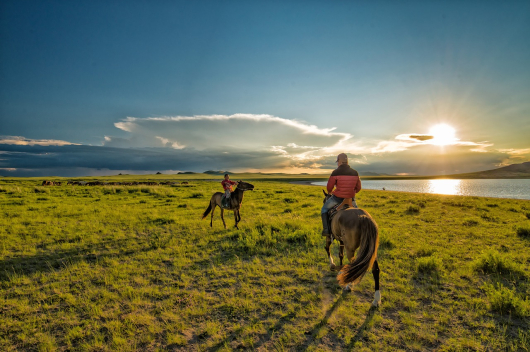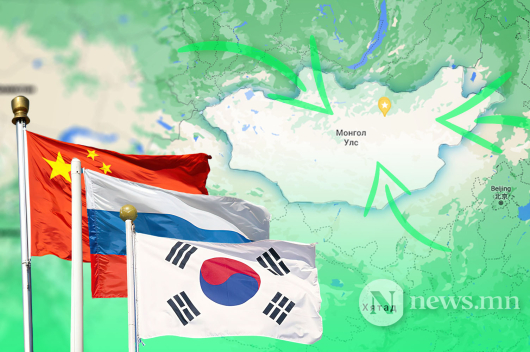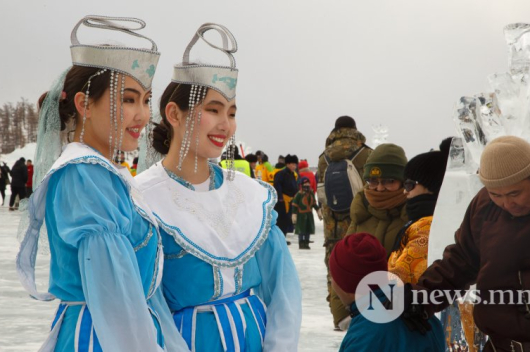Now is the time to start planning a 2021 trip of a lifetime – staying in a luxury yurt (tent) in the distant steppes of Mongolia. From May through September, French globalist Frédéric Roman-Hauduroy oversees temporary camps that allow you to live, as it were, at one with local villagers.
Sleep in 290 square feet traditional round yurts, with four-post beds, comfortable furniture (and, a couple of minutes’ walk outside, odor-free dry toilets; instead of showers, you are brought water-saving moist towels perfumed with pine needles). A separate yurt holds the restaurant.
All food is cooked on-site, by a culinary team headed by a chef from the Mongolian president’s palace. Breakfast can include home-baked breads and croissants. Lunch and dinner is your choice, international or Mongolian, say khorkhog, local lamb cooked on hot stones – no problem with gluten-free or other diet requirements, says Roman-Hauduroy, who explains that all supplies are driven in from the Mongolian capital, Ulaanbaatar, 180 miles away. Rates include breakfast, and all-inclusive rates are popular: pay-extra alcohol ranges from ‘remarkably good’ local beer, at US$4, through to finest Champagne, naturally chosen by the French boss.
Most guests, who often travel as families with their kids, spend at least two nights at Sweet Gobi Geolodge. Day time is for camel and horseback riding, archery, hiking and visiting monasteries (cameras can be re-charged, and WiFi is available on request). Typically, after Sweet Gobi, guests will then go on to one of Step’In Asia’s other camps, for different scenery, fauna and flora.
The best way for foreign visitors to plan the entire trip, says Frédéric Roman-Hauduroy, is to fly in via Beijing which allows up to 144 hours’ visa-free transit, more than enough for this itinerary. MIAT Mongolian Airlines has 43 Beijing-Ulaanbaatar flights each month, and there are several other carriers available. Flight time is just over two hours. From Ulaanbaatar take an hour-long private plane, or a 4×4 Land Cruiser (3.5 hours) on to the camp. After your yurt experience, many then overnight at Shangri-La Hotel, Ulaanbaatar, before starting the trip home.
Frédéric Roman-Hauduroy is insistent his camps do not harm the landscape at all. At the end of every season yurts and other structures are painstakingly taken down, and components stored in containers until the following year – it takes a week to remake a camp. Locals who work for Step’In Asia appreciate that in place of rent, the company pays to a community fund that supports education and training.
 3,573.69
3,573.69












Related News